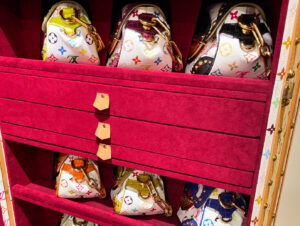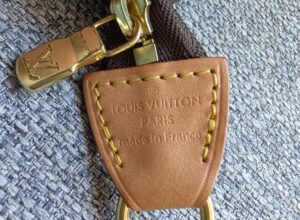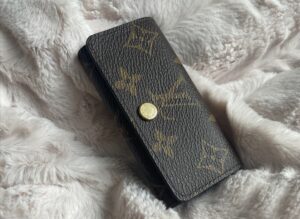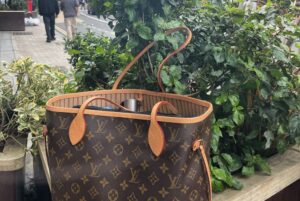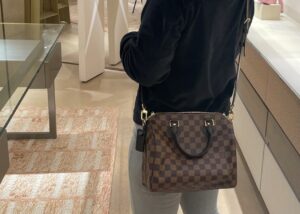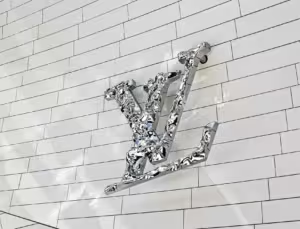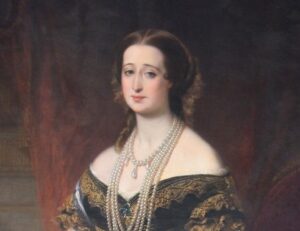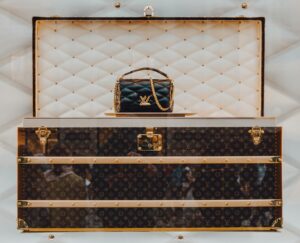In this article, I would like to discuss Louis Vuitton’s influence among 19th-century elite in Europe. The reason I picked this topic is because the 19th-century European elite heavily influenced the birth of the brand and contributed to its enduring popularity today. If you understand the background, you will love the fashion house more.
Louis Vuitton has always been at the cutting edge of fashion, consistently releasing new items every season—sometimes featuring bold designs, other times offering more traditional options, all in a variety of shapes and colours. As you may already know, iconic bags like the Speedy have been around for years, though the design has evolved. For example, the Epi leather version has an exterior pocket, and the Bandoulière version, released in 2011, includes a strap and two zipper closures instead of one. The original Speedy, which debuted in 1930, has been a mainstay. You might have heard that Audrey Hepburn influenced the creation of a smaller Speedy version—this is true. Originally sold as “Express” in a 30 cm size, the bag grew in popularity, leading to 35 cm and 40 cm versions. In the 1960s, Hepburn, the iconic British actress, requested a smaller size, eventually released as the Speedy 25, which has since become one of Louis Vuitton’s most popular bags.
View this post on Instagram
As this example shows, throughout its long history, Louis Vuitton has attracted a clientele of notable historical figures. These clients have not only been loyal customers but also acted as “influencers,” shaping the direction and design of the brand through their own style and use of Louis Vuitton products. In today’s article, we’ll dive into the brand’s historical clientele in the early days and explore how they influenced and shaped its image. The historical background of the brand’s patrons offers insight not only into Louis Vuitton’s evolution but also into the lifestyles of the generation.
Louis Vuitton’s Beginnings
Louis Vuitton was born in 1821 into a family of artisans in Jura, a region known for the Jura Mountains in eastern France. At the time, France was in a state of political and social turmoil. The first French Revolution had taken place in 1789, and Napoleon Bonaparte had risen to power as First Consul, centralizing the government and establishing an autocratic rule. In 1804, after a series of political manoeuvres, riots, and executions, Napoleon declared himself Emperor of the French. Following his defeat at the Battle of Waterloo in 1815, he surrendered to the British and was exiled to St. Helena.

At a young age, Louis Vuitton left Jura, traveling on foot to Paris, a journey that took him two years. Once in Paris, he began working for Monsieur Maréchal, a prominent box-maker, at the age of 16. Despite the ongoing social unrest, Paris was thriving. Although many people suffered from poverty, the city attracted a substantial amount of wealth. From 1830 to 1850, heavy industry began to develop, especially on the outskirts of the city. During this period of modernization, Napoleon III (known as Louis Napoleon Bonaparte before his reign) became President of France. As the son of Louis Bonaparte, Napoleon I’s younger brother, Napoleon III enjoyed widespread popularity. He ruled from 1852 to 1870, overseeing extensive urban developments in Paris, including the construction of boulevards and parks. He also expanded Paris, incorporating suburbs into the city in 1860. This growth led to a rapid increase in the city’s population, which nearly doubled from approximately 950,000 in 1851 to almost two million by 1870. As the economy grew, so did the demand for luxury goods, which had previously been accessible only to a small circle of nobility. The rise of the upper-middle class fuelled this demand, creating new opportunities for luxury artisans.
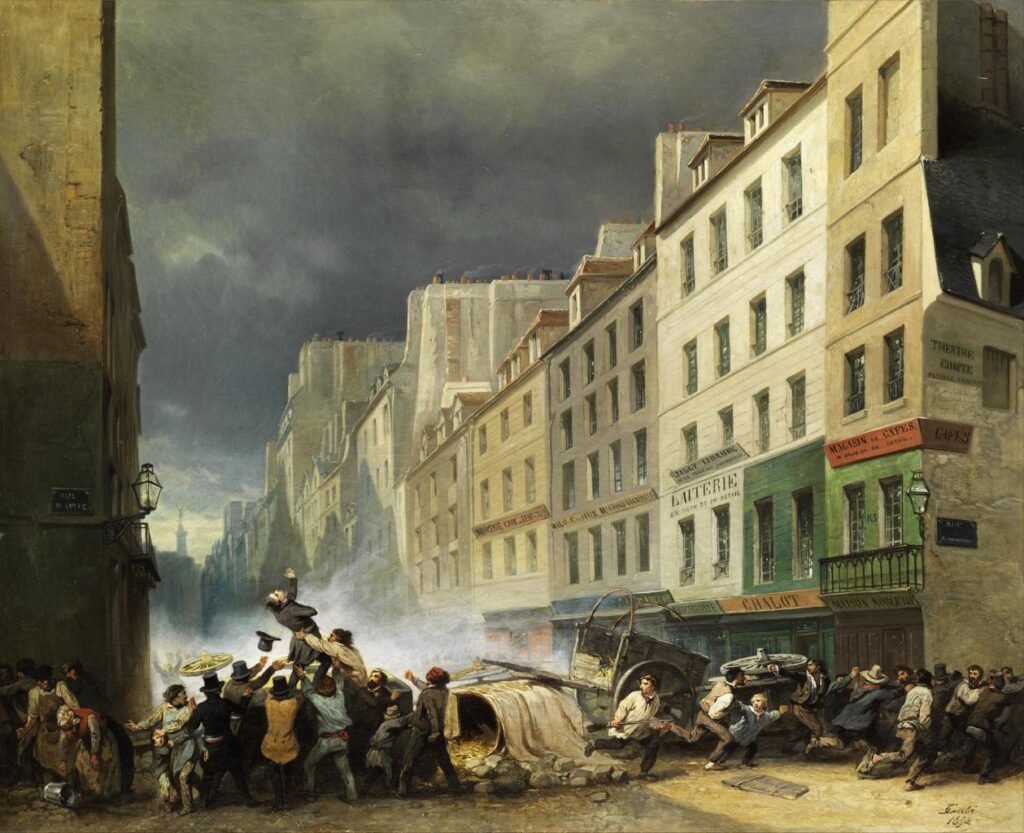
Growing Popularity
Vuitton quickly earned a reputation for craftsmanship, attracting many bourgeois and aristocratic clients to Maréchal’s workshop. His skills continued to improve, and he gained his own following. It was during this time that he met Eugénie de Montijo, Empress of the French and wife of Napoleon III. Originally a Spanish noblewoman, Eugénie was known for her strong political influence after her marriage. In January 1853, she married Napoleon III, and later that year, she appointed Louis Vuitton as her personal trunk-maker and packer. Her fashion choices garnered significant public attention, bringing visibility to Vuitton’s work. Eugénie commissioned Vuitton to create all the bags and trunks she required, which naturally introduced his talent to French society and to royals and socialites across Europe. As his reputation spread, aristocrats and wealthy people from all over Europe sought his craftsmanship.
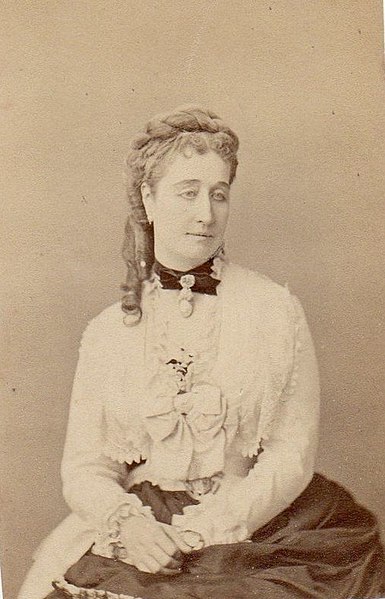
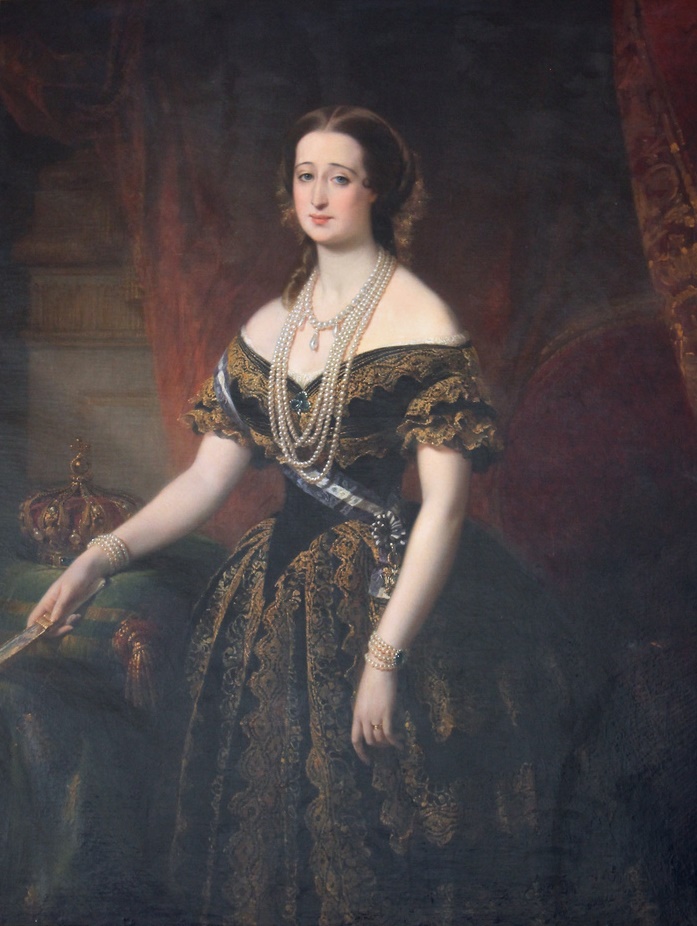
Revolutionary Trunk
In 1854, Vuitton left Maréchal’s workshop and opened his own trunk-making atelier. At the time, most trunks were round-shaped and covered in heavy pigskin. Vuitton revolutionized luggage design by introducing stackable, rectangular trunks made from poplar wood. These were lighter and more durable, quickly becoming popular among people who started to travel leisurely. With some modifications in design and materials, Vuitton’s trunks eventually became completely watertight, which was especially appealing as people began traveling by train and boat in the mid-19th century. Due to the high demand for his trunks, Vuitton moved his workshop to a larger space in Asnières, just outside Paris, in 1859 to increase production.
Vuitton’s success was largely due to his innovations and his loyal client, the Empress of the French. His popularity soon spread to aristocrats and nobility in other countries. One notable client was Isma’il Pasha of Egypt, who played a key role in constructing the Suez Canal in Egypt. The canal, which connected the Mediterranean Sea to the Red Sea, was essential for travel between Europe and Asia. As wealthy travellers increasingly journeyed to Asia, demand grew for durable, lightweight trunks that could protect belongings over long distances.
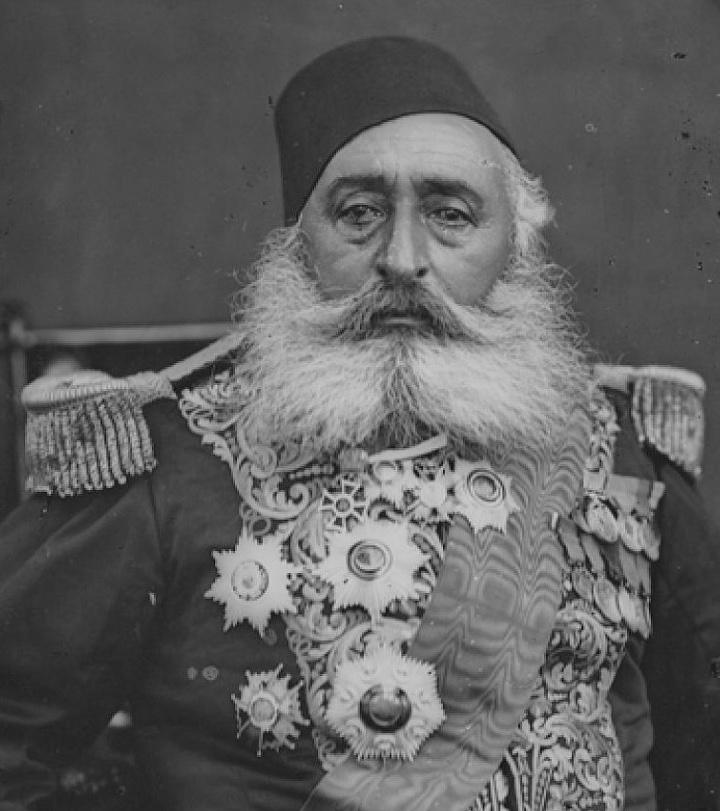
War Time
Vuitton’s business thrived until the Franco-Prussian War in 1870, when the French army suffered a swift defeat, leading to the fall of Napoleon III. Prussian forces laid siege to Paris, resulting in a harsh winter with severe supply shortages. Henri-Louis Vuitton, Vuitton’s great-grandson, later recounted how Vuitton helped his community by supplying food and even offering his canvas materials for balloons, which were used to communicate with those outside the city. After the city surrendered in 1871, Vuitton returned to his atelier in Asnières, although his supplies had been depleted. The poplar wood he had used for trunks had been burned as fuel for soldiers.
After a period of hardship, Vuitton managed to resume his work, opening a new atelier at 1 Rue Scribe in the Opera district. The location, close to train stations and the luxurious Grand Hotel, which was built in 1862, attracted wealthy travellers who were drawn to Vuitton’s craftsmanship. This further boosted his fame, and the brand continued to gain prestige through Grand Hotel until it moved to a new location on the Champs-Élysées in 1914.

Through the turbulent years in France, the demand for Louis Vuitton’s creations continued to grow. Empress Eugénie’s introduction of Vuitton’s work established the brand’s popularity in its early days. As customer needs evolved, the brand adapted to meet new demands, continually defining and refining the standards of luxury craftsmanship.
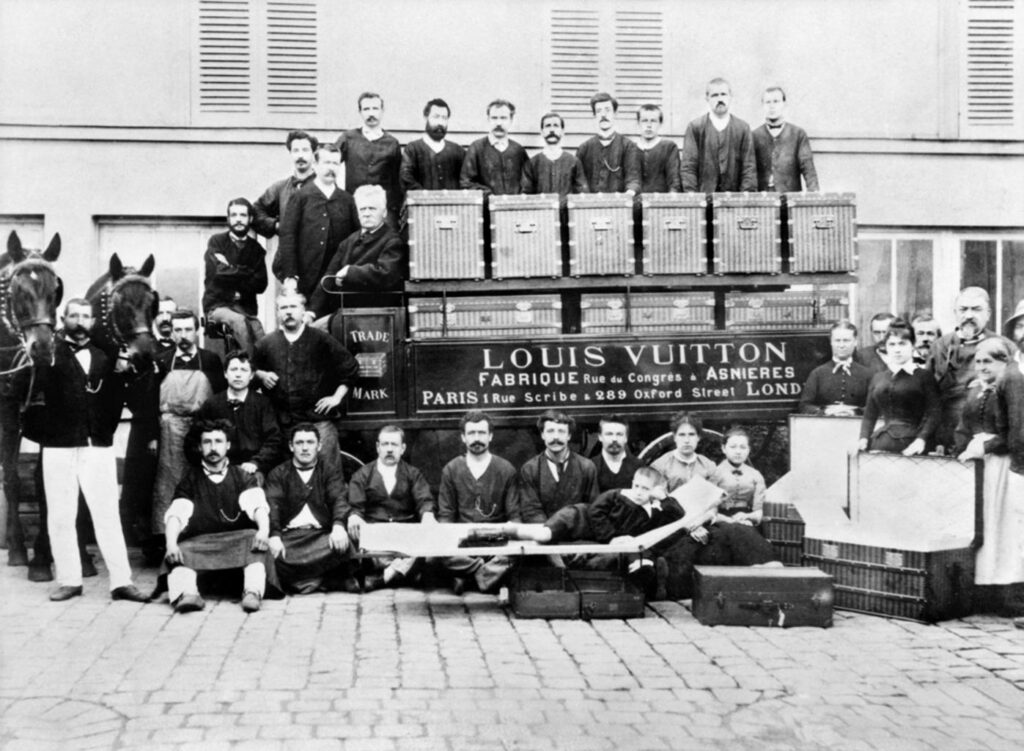
If you want to learn more about the history of Louis Vuitton, see following articles;



